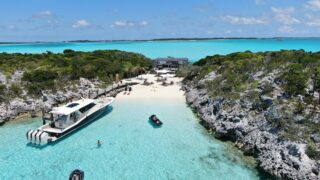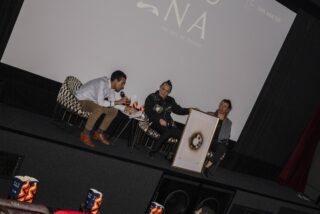This website uses cookies so that we can provide you with the best user experience possible. Cookie information is stored in your browser and performs functions such as recognising you when you return to our website and helping our team to understand which sections of the website you find most interesting and useful.
New frontiers: Adventurer Inge Solheim on why extreme trekking is the ultimate healer for the body and mind
By Inge Solheim | 10 October 2019 | Travel
Adventurer and guide Inge Solheim talks to Tempus about what it’s like to be an extreme explorer and his plans for his toughest expedition yet
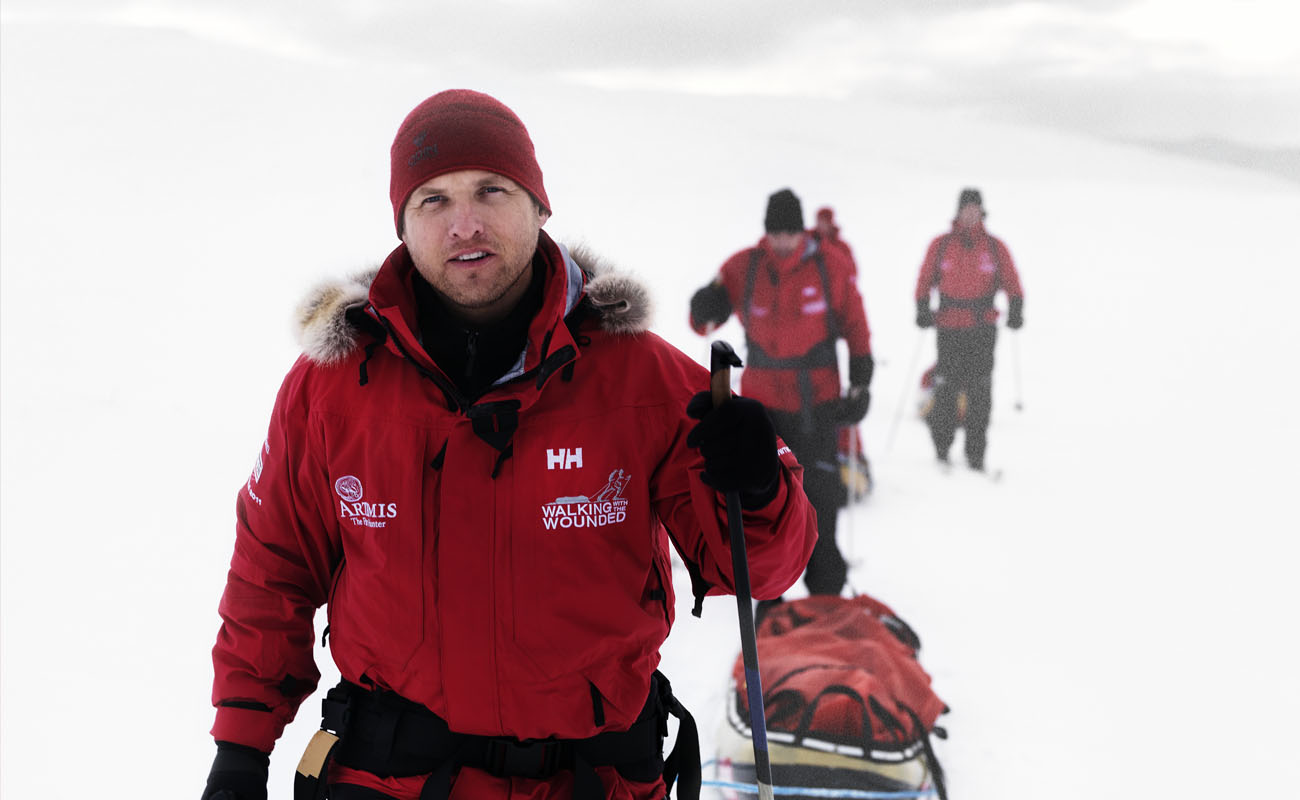
Nothing puts the body though it's toughtest mental and physical paces quite like exploration in extreme conditions, as profesional adventurer Inge Solheim can concur. The internationally-renown guide and partnership-builder is one of the world’s leading authorities on the polar regions and an ambassador for brands, charities and countries alike. Having completed a number of Artic, Antarctic and Himalayan expeditions and delivered some of the world’s most difficult disabled expeditions, overcoming immense challenges in mobility, sight and mental impairment, he cites his boundary pushing career as the ultimate test for both the body and mind.
Inge tells Tempus: "I grew up in the Norwegian mountains and from a very young age loved exploring, climbing, caving and doing sports in the river. This was a very important part of my character building – nature is where I found myself. For many years, I explored by myself or with friends and then around the age of 16 I started guiding people in the mountains, organising climbing trips and doing more extreme sports like white water rafting. I wanted to turn it into a full time job, but when my daughter was born I thought I ought to have a ‘proper job’. I went into finance for nine years before quitting to build my career as a professional adventure guide. Now, I get lots of requests to do TV projects and guide expeditions with private individuals, organisations or scientists." >>
Related: Take your skiing to even greater peaks with the adrenaline-fuelled sport of heliskiing
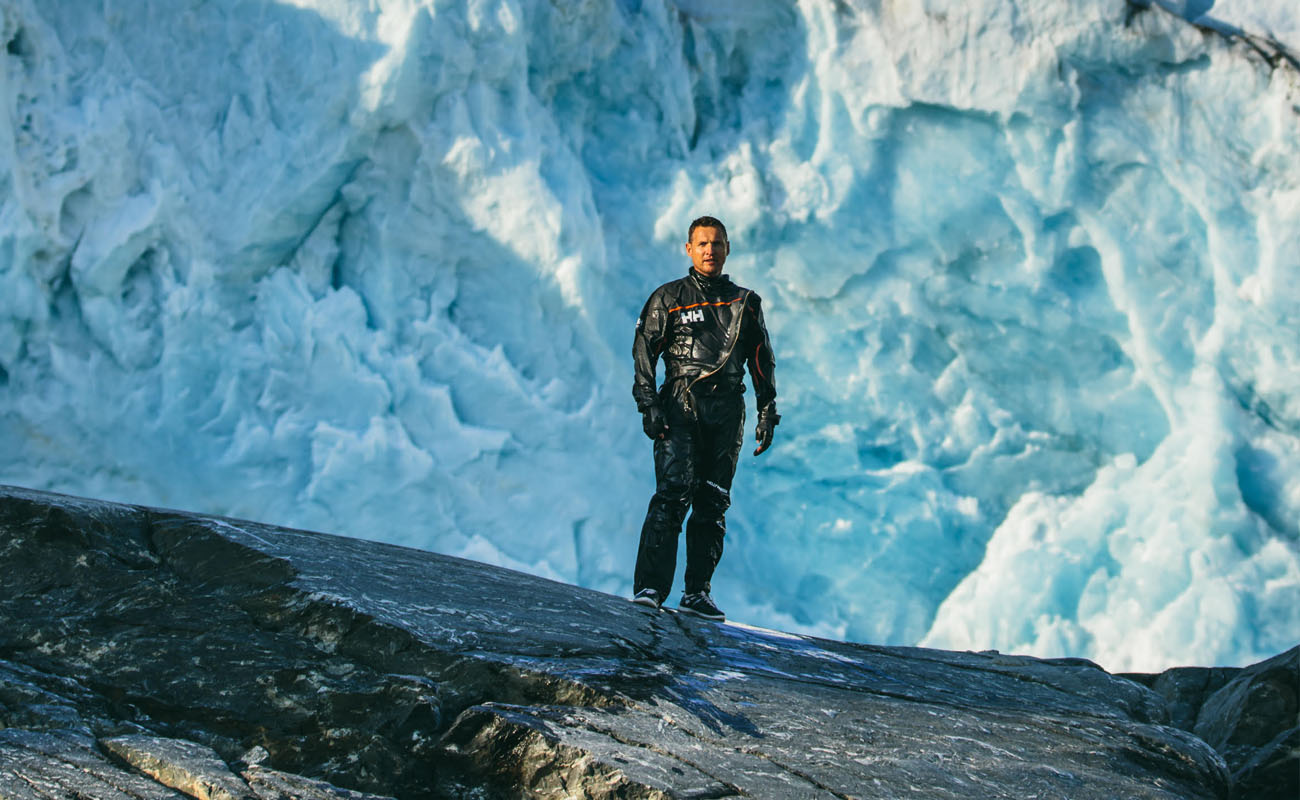
"The coolest expedition I've done so far was a three-month trip to Greenland with the BBC, where we recreated Amundsen and Scott’s race to the South Pole. We did it with the same kit they had in 1911 – the same sleeping bags, clothing, food and setup, including no contact with the outside world for three months. I had an amazing time. It was a challenge and that’s why it felt so good afterwards. The sense of achievement after doing something so difficult is far better than if you're cruising and having an easy time.
"The fastest growing trend in travel is adventure travel, and I'm on an extremely niche end of that market. Although I do get a lot of requests, I often recommend other companies and holiday providers. I'm not in this for maximising my profit – instead, I want to work on special projects and go on trips with interesting people. To push myself and my clients s our sense of achievement is bigger. The perception of adventure travel is that it’s dangerous, but it’s only dangerous if you go with amateurs, if you venture out alone or if you put yourself in a hostile environment. What I do is well planned. I train people beforehand and I know the capabilities of my clients. We control most factors, we are prepared for any kind of weather and we mitigate the risks and reduce them. We have done risk assessments with VIPs, celebrities and royals, and the conclusion is always that they’re safer on an expedition with me than they are in London."
Related: Keflavik's Diamond Suites Hotel is an Icelandic gem for adventurous travellers
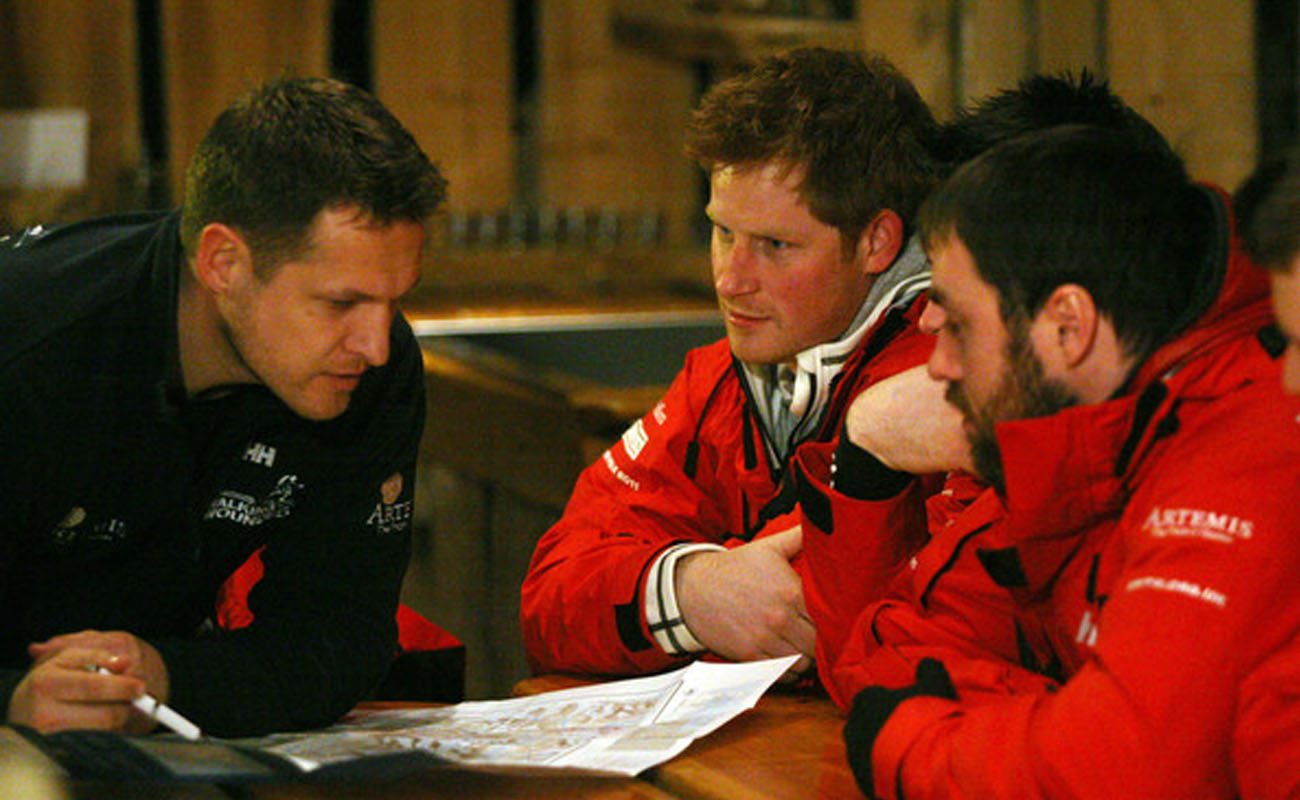
"The biggest challenge of working with royalty is the lead up to the expedition because the people around them can be more ‘royal’ than they are. People who are born into royalty are usually very easy going, but their entourage can be very difficult. The biggest hurdle is all the fuss that surrounds celebrities. Where I differ from other guides is that I push harder and go faster. It’s for my own sake, too, because I also want to push myself. The most interesting part of my job is the psychological aspect. The journey my clients go through from the planning phase to after the expedition is fascinating. I enjoy watching them grow during the experience and learn new skills. In my eyes, their mental journey is as important as their physical and geographical journey. I call it ‘life exploring’.
"As most of the world’s frontiers have already been discovered, I don't feel I fit the shoes of the old explorers, I'm more of a guide. I try to make people feel better and learn more about themselves. I’ve hosted a lot of expeditions for soldiers who have PTSD and people with disabilities. Through good preparation, we've managed to turn these disabilities into assets and can deal with them in such a way that they are as able as an able-bodied person. For me, it’s really rewarding to see someone go through a mental or physical journey and get better during the process."
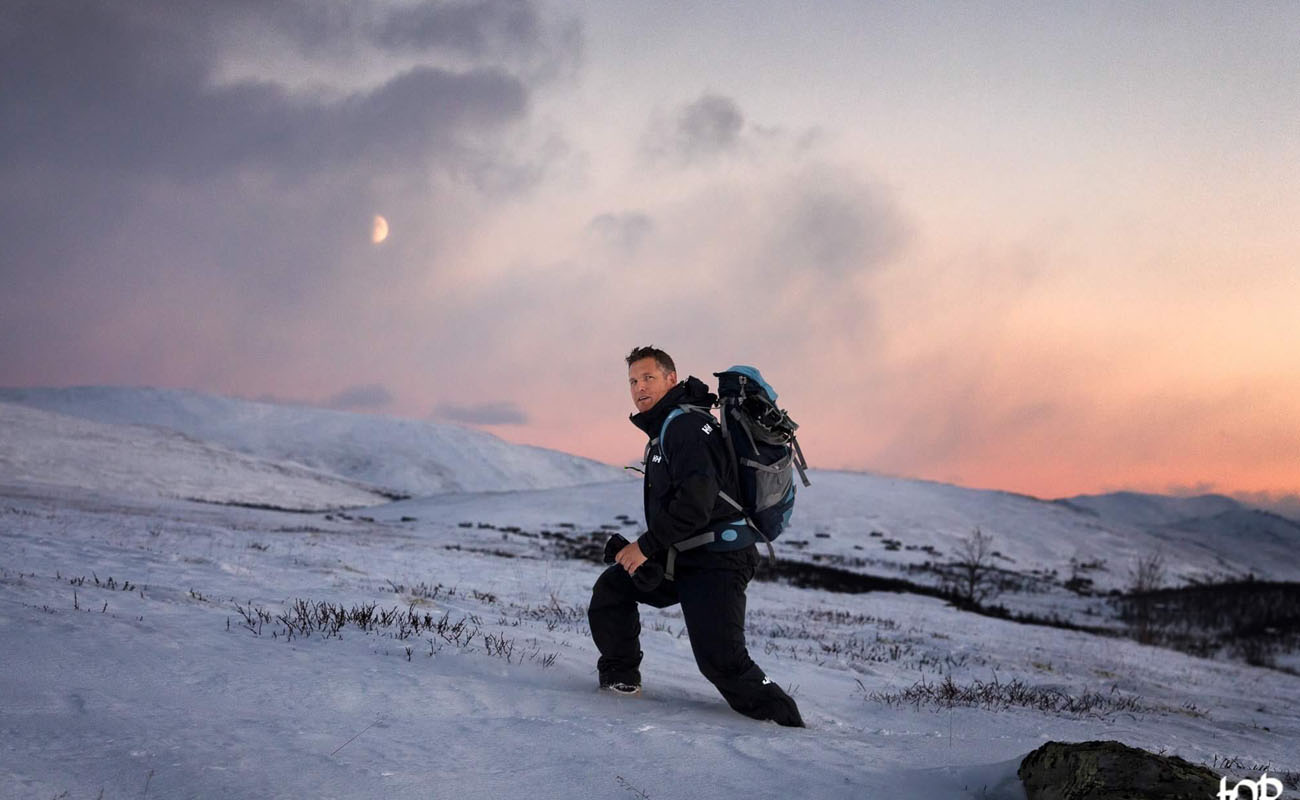
"There are a few things I still want to do. I want to climb some beautiful mountains, like Khan Tengri in Kazakhstan. I want to go down deep in submarines. I’d love to go into space, but not as a tourist – I would happily volunteer for a one- way trip to Mars. It wouldn't happen the next five to 10 years but I would want that extraordinary experience of leaving this planet and seeing new things. My advice for people considering doing one of these adventure trips is that the barrier is actually really low – it’s almost always the perceived risks, not the actually ones, that keep people from doing it. The best thing is to find friends interested in the same thing, do your research and then just go out and do it. You’ll make mistakes, you’ll get blisters, but go and explore. If you have a friend more experienced than you, tag along on one of his or her trips to slowly to build up your confidence. You’ll soon see there’s no limit to what you can do. It’s so much easier than people think.”



